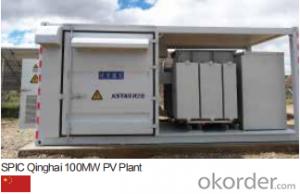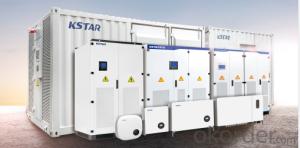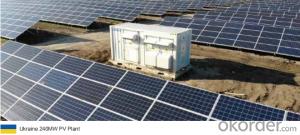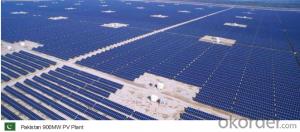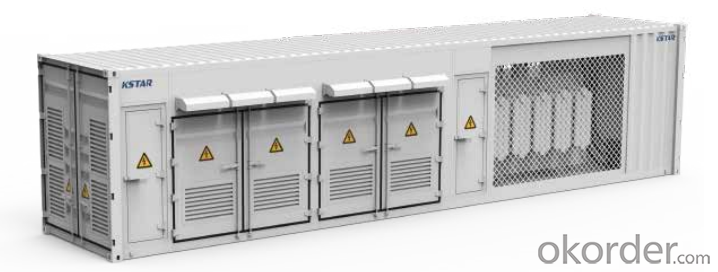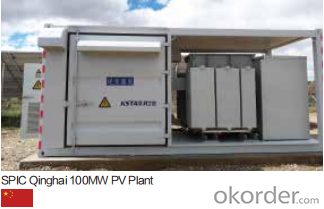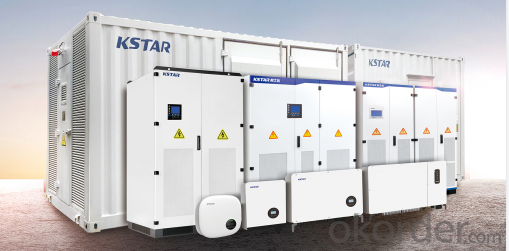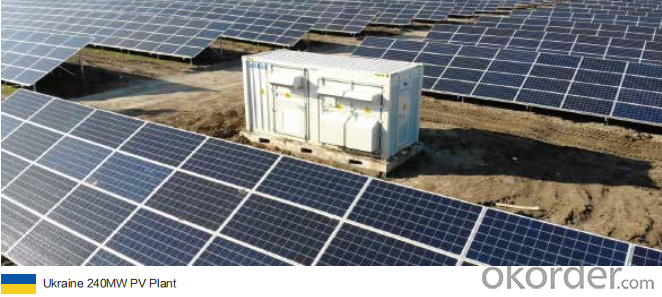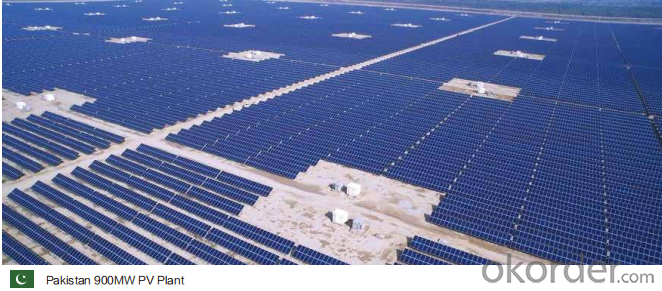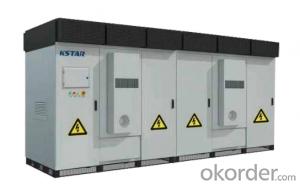Solar Inverter Stocks - DC 1500V Turnkey Solution GSM6250C-MV/GSM5000C-MV
- Loading Port:
- China main port
- Payment Terms:
- TT OR LC
- Min Order Qty:
- 50 pc
- Supply Capability:
- 15000 pc/month
OKorder Service Pledge
OKorder Financial Service
You Might Also Like
Specification
Product Description:
★Max. PV voltage up to 1500V Max. 56 DC inputs
★IP54 outdoor protection Modular design for Easy maintenance
★Max. DC/AC ratio up to 1.5 Full power output under 50℃
★AGC/AVC Night SVG function LVRT/HVRT/FRT function
Technical Specifications:
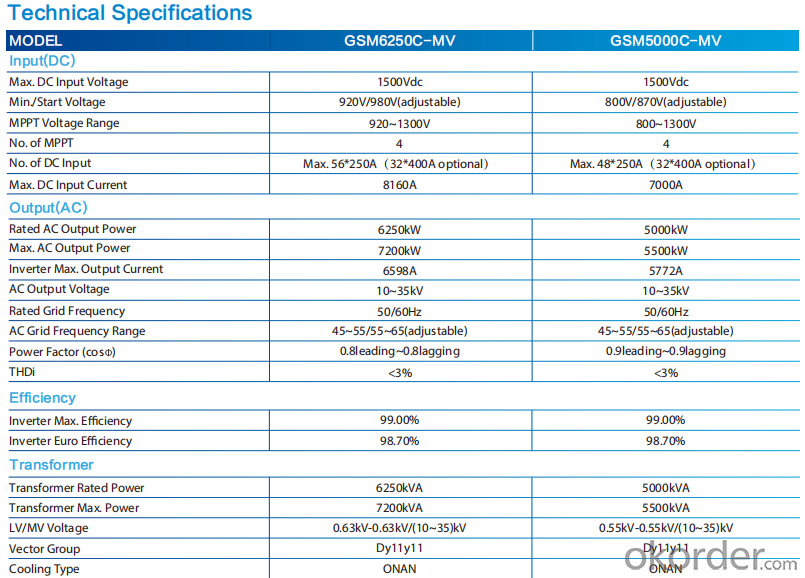

FAQ:
Q:How the output voltage of the PV inverter and the grid-connected voltage are determined
Inverter is the DC power (battery, battery) into alternating current (usually 220V, 50Hz sine wave). It consists of inverter bridge, control logic and filter circuit. Widely used in air conditioning, home theater, electric wheel, power tools, sewing machines, DVD, VCD, computer, TV, washing machine, range hood, refrigerator, video recorders, massage, fan, lighting and so on. In foreign countries
Q:Installation and maintenance of photovoltaic grid - connected inverter
only when the local power sector permission by the professional and technical personnel to complete all the electrical connection before the inverter can be connected.
Q:What is the difference between a PV grid-connected inverter and an off-grid inverter?
Off-grid inverter is equivalent to their own to establish an independent small power grid, mainly to control their own voltage, is a voltage source.
Q:After the PV inverter, how to achieve the same period before the network?
Solar panel simulator: with MPPT function, simulated morning, noon, afternoon, evening, rainy weather, solar panels produced under different conditions in different voltages.
Q:Is the PV inverter a current source or a voltage source?
According to the waveform modulation method can be divided into square wave inverter, stepped wave inverter, sine wave inverter and modular three-phase inverter.
Q:Photovoltaic grid-connected inverter without DC emc how will happen
Solar photovoltaic power generation technology is the use of solar cells, the photovoltaic effect of semiconductor materials, solar radiation can be directly converted into a new type of power generation system, solar energy is a radiant energy, solar power means --- to direct conversion of sunlight Into electricity,
Q:What is the difference between low voltage grid connection and medium voltage grid connection?
For photovoltaic power plants when the power system accidents or disturbances caused by photovoltaic power plant grid voltage drop, in a certain voltage drop range and time interval, the photovoltaic power plant can ensure that non-off-line continuous operation.
Q:Is the grid side of the grid and the inverter?
The grid load side of the grid is the grid. The inverter is an important part of the PV grid-connected system and can not be regarded as an external load. Photovoltaic power generation system is included in both grid and off-grid.
Q:PV grid-connected inverter and independent inverter in the control of what is the difference
The independent inverter in the output voltage phase amplitude of the frequency control is initially set good. Independent inverter, you should refer to off-grid inverter, do not need to consider the grid situation.
Product Images:
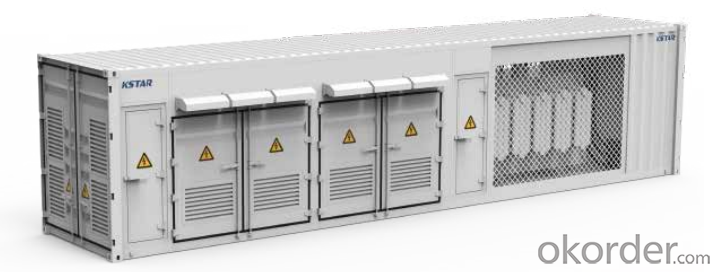
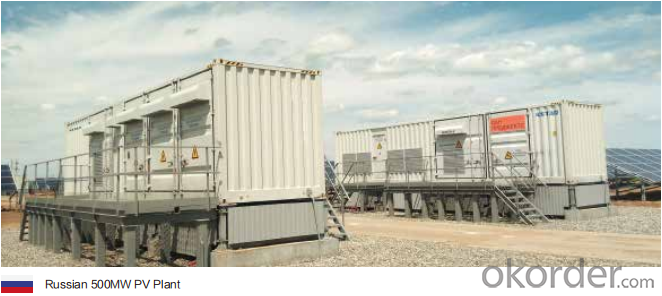
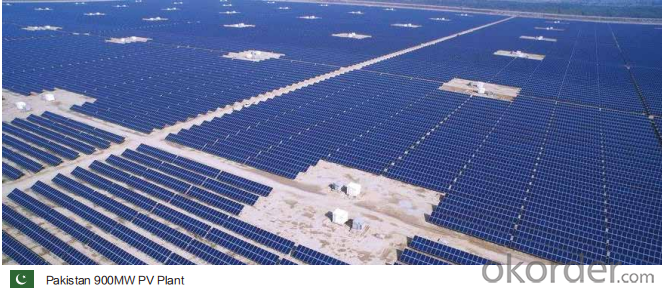


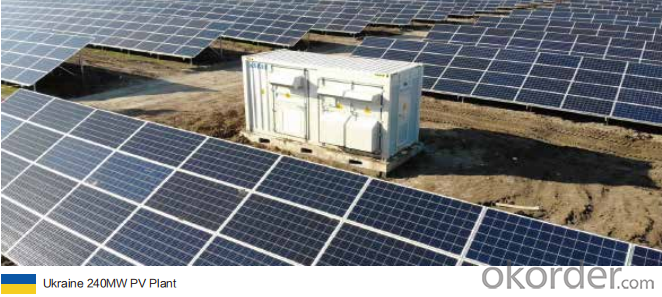
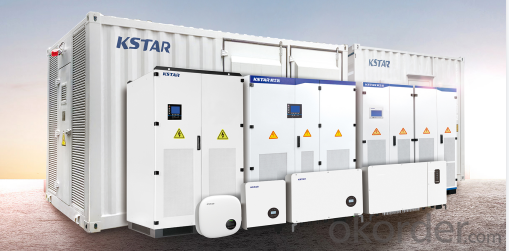
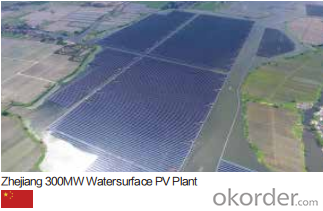
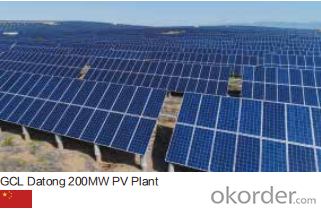
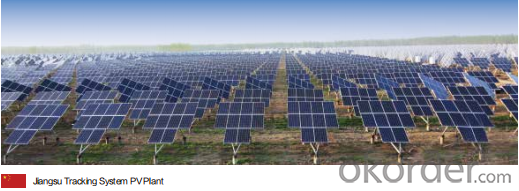
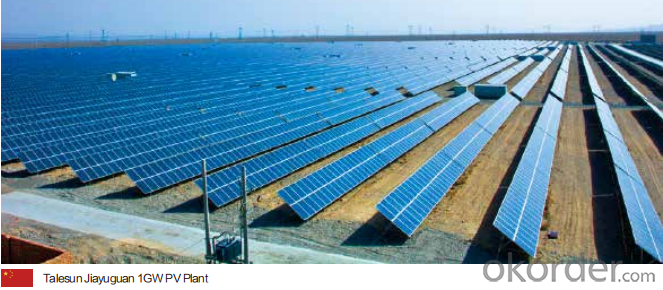
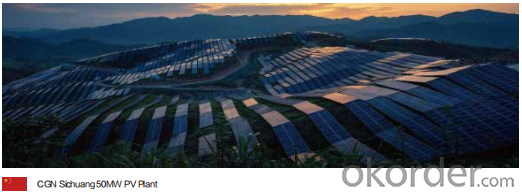


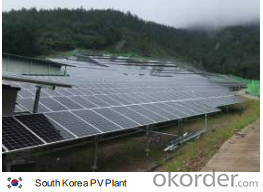
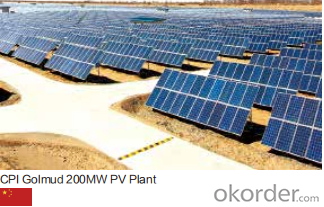

Production Process Photos:

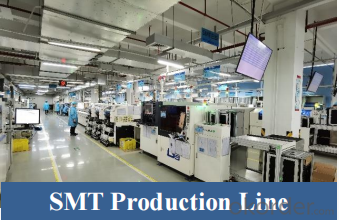
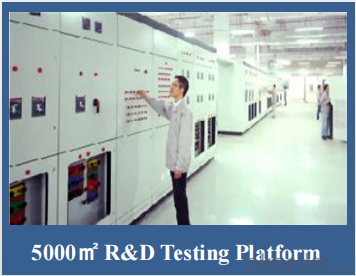
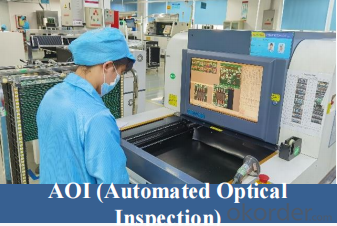
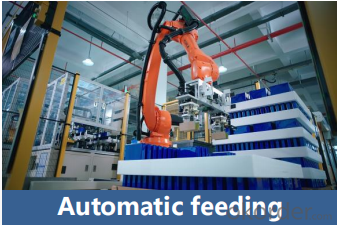
- Q: How do you calculate the power output of a solar inverter?
- To calculate the power output of a solar inverter, you need to multiply the input voltage by the input current. This will give you the input power. Then, multiply the efficiency of the inverter by the input power to get the output power.
- Q: How do you monitor the performance of a solar inverter?
- To monitor the performance of a solar inverter, several methods can be employed. Firstly, real-time monitoring systems can be installed that collect data on various parameters such as power output, voltage, current, and temperature. These systems often include data loggers or communication modules that transmit the information to a central monitoring station or cloud-based platform. Additionally, regular inspections and maintenance checks can be conducted to visually inspect the inverter for any signs of damage, loose connections, or overheating. Monitoring the inverter's efficiency over time, comparing the actual power output with the expected output based on solar irradiance and temperature, can also provide insights into its performance. Furthermore, some solar inverters come with built-in monitoring capabilities, allowing users to access performance data through a web-based interface or mobile app. This provides real-time and historical data, including energy production, system faults, and alerts, enabling users to identify and address any issues promptly. Overall, a combination of real-time monitoring systems, regular inspections, and utilizing inverter-specific monitoring features can effectively monitor the performance of a solar inverter.
- Q: What is the maximum AC voltage that a solar inverter can provide?
- The maximum AC voltage that a solar inverter can provide typically depends on the specific model and its specifications. However, most residential and commercial solar inverters provide a maximum AC voltage output of around 240 volts or 480 volts, depending on the electrical grid requirements and system configurations.
- Q: Are there any specific installation requirements for solar inverters?
- Solar inverters have specific installation requirements that should be taken into consideration. Here are some important factors to keep in mind: 1. Placement: To ensure optimal performance and durability, solar inverters should be installed in a well-ventilated area, away from direct sunlight and potential heat sources. Additionally, they should be placed in a clean and dry environment. 2. Mounting: Solar inverters can be mounted on walls or placed on flat surfaces. However, it is crucial to follow the manufacturer's guidelines for proper mounting techniques and ensure that they are securely fastened. 3. Wiring: Adequate wiring is essential for connecting the solar panels to the inverter and the inverter to the electrical grid. The wiring should be appropriately sized based on the system's specifications to handle voltage and current requirements without any voltage drop or overheating. 4. Electrical connections: The inverter should be connected to a dedicated circuit breaker or fuse in the main electrical panel. This circuit breaker or fuse must be properly sized to protect the inverter and the electrical system from potential hazards. 5. Clearances: Specific clearances are required to ensure proper ventilation and prevent overheating of solar inverters. The manufacturer's guidelines should be followed to determine the necessary clearances around the inverter. 6. Monitoring and safety devices: Certain inverters may require additional monitoring and safety devices, such as surge protectors, arc fault circuit interrupters (AFCIs), or rapid shutdown devices. These devices should be installed according to the manufacturer's instructions and local electrical codes. 7. Compliance with regulations: Compliance with local electrical codes and regulations is crucial during the installation of solar inverters. This may include obtaining necessary permits and inspections to ensure a safe and compliant installation. To ensure that all specific requirements are met for your particular system, it is highly recommended to seek guidance from a professional solar installer or electrician who has expertise in solar inverter installations.
- Q: Can a solar inverter be used in off-grid systems?
- Yes, a solar inverter can be used in off-grid systems. In fact, it is an essential component of off-grid solar systems. The solar inverter is responsible for converting the DC power generated by the solar panels into AC power that can be used to run household appliances and charge batteries. This allows off-grid systems to store excess energy for use during periods of low sunlight, providing a reliable source of electricity even when disconnected from the grid.
- Q: Can a solar inverter be used with a grid-tied system and a battery backup?
- Yes, a solar inverter can be used with a grid-tied system and a battery backup. In such a setup, the solar inverter will convert the DC power generated by the solar panels into AC power for use in the home or to feed back into the grid. The grid-tied system allows excess solar power to be sold back to the grid, while the battery backup system stores excess power for use during times of low solar generation or power outages.
- Q: Can a solar inverter be used with a solar-powered food dehydrator?
- Yes, a solar inverter can be used with a solar-powered food dehydrator. The solar inverter helps convert the direct current (DC) produced by the solar panels into alternating current (AC) that can be used by the food dehydrator. This allows the dehydrator to operate using the energy generated by the solar panels, making it an efficient and sustainable option for food dehydration.
- Q: Can a solar inverter be used in systems with different module types?
- Yes, a solar inverter can be used in systems with different module types. Solar inverters are designed to convert the DC power generated by solar panels into usable AC power for homes or businesses. They typically have a wide input voltage range and are compatible with various module types, including monocrystalline, polycrystalline, and thin-film panels. However, it is essential to ensure that the inverter's specifications are compatible with the specific module types being used to optimize efficiency and performance.
- Q: Can a solar inverter be used with thin-film solar panels?
- Yes, a solar inverter can be used with thin-film solar panels. Thin-film solar panels have a different structure and composition compared to traditional crystalline silicon panels, but they still generate DC electricity that needs to be converted into AC for use in homes or businesses. A solar inverter is responsible for this conversion process, regardless of the type of solar panels used.
- Q: What is the role of isolation in a solar inverter?
- The role of isolation in a solar inverter is to provide safety and protect the user from electrical shocks. It separates the input and output sides of the inverter, ensuring that any faults or disturbances on one side do not affect the other. Isolation also helps to minimize electrical noise and interference, improving the overall performance and reliability of the solar inverter.
Send your message to us
Solar Inverter Stocks - DC 1500V Turnkey Solution GSM6250C-MV/GSM5000C-MV
- Loading Port:
- China main port
- Payment Terms:
- TT OR LC
- Min Order Qty:
- 50 pc
- Supply Capability:
- 15000 pc/month
OKorder Service Pledge
OKorder Financial Service
Similar products
Hot products
Hot Searches
Related keywords

